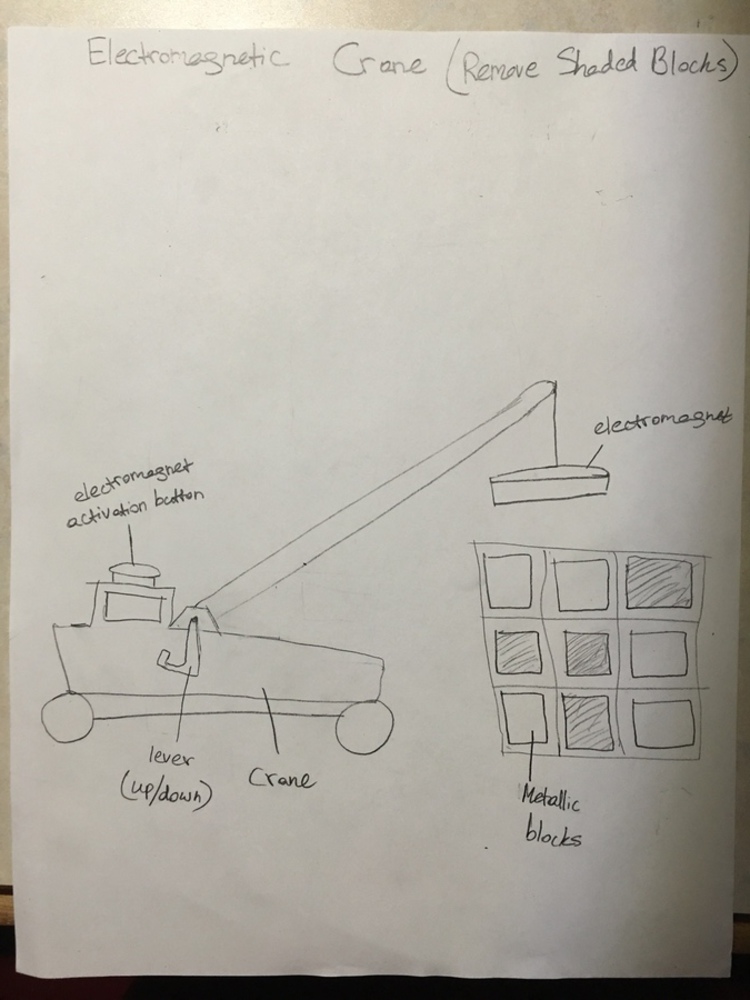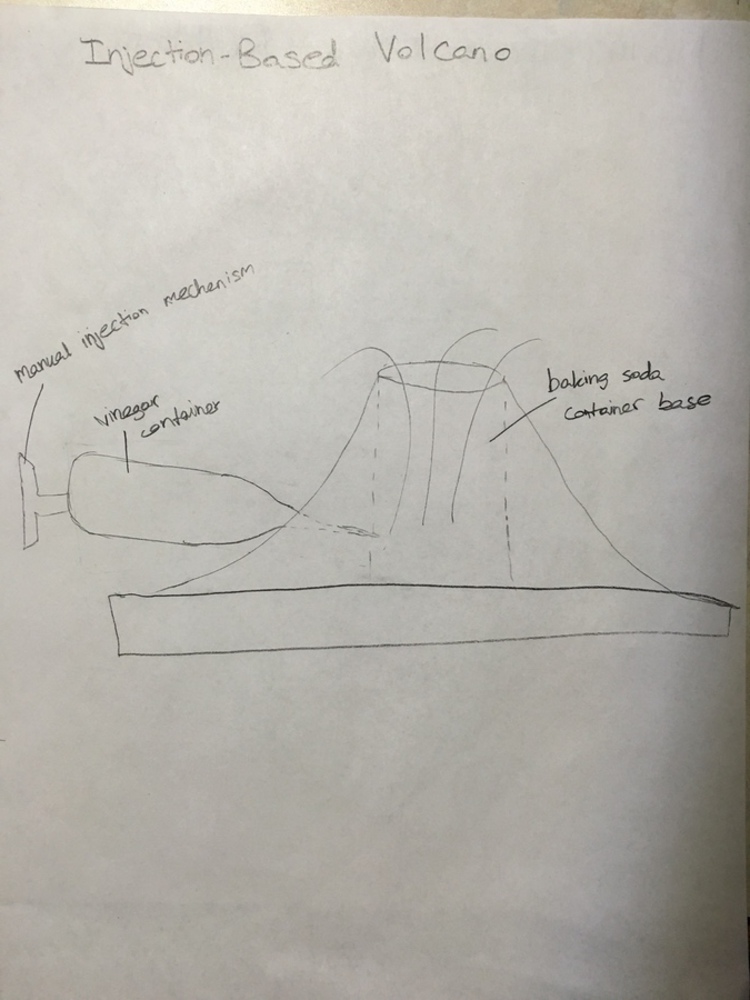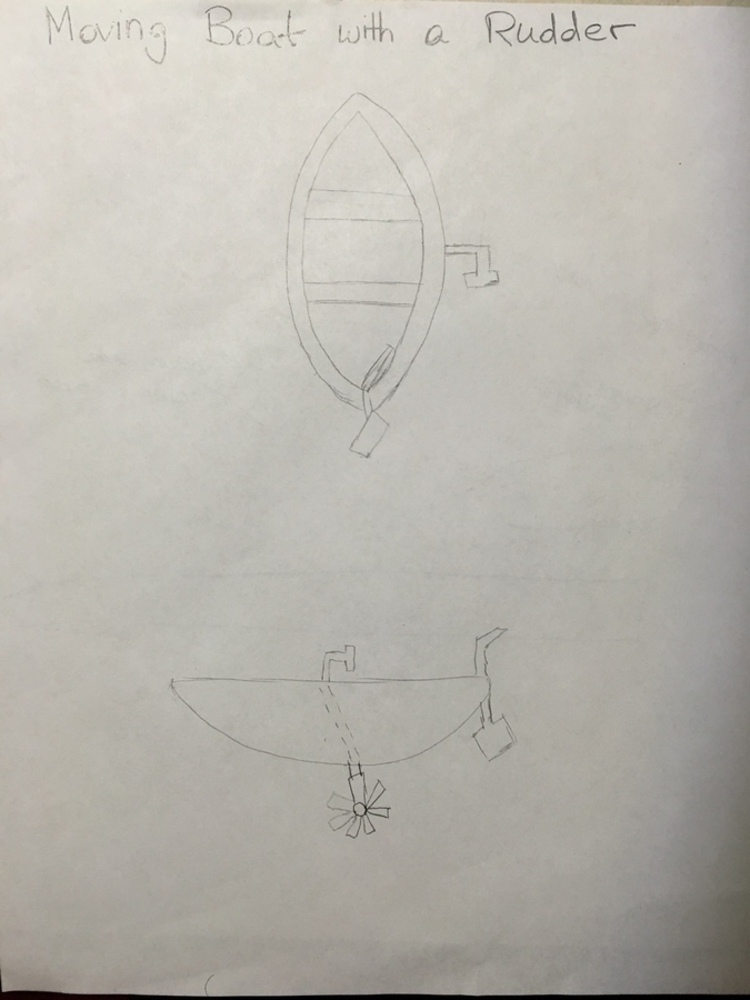Outcome
1. Electromagnetic Crane to Remove Metal Blocks - With this toy, kids can learn about the principles of electromagnetism. When playing with the toy, kids will first have the metal blocks with the colored sides facing up. The goal is to remove shaded blocks by using the rotating lever to operate the crane and pressing the electromagnet activation button to pass a small current through the electromagnet. As and when the user removes the shaded blocks from the board, they would read the printed name of the metal (on the bottom side of the block). After practicing for a few rounds, the game is played by having the bottom side of the blocks facing up (with no color coding) so that the only distinction between the blocks would be names of the metal. The objective is to accurately try to target only the metals that are attracted to the magnet. The construction cost is estimated to be about $6-7, with the majority of costs coming from the circuit, electromagnet, and battery cell. The toy is also very durable, with the most sensitive part being the string connecting the crane to the electromagnet. This would be made of synthetic fibers to prevent breaking. By conceiving the idea for this toy, I thought about how kids always want to be challenged to "win" by getting their hands dirty -- learning about electromagnets and metals susceptible to magnetism should be part of a broader activity.
2. Injection-based Volcano - This toy requires the user to fill a cup with baking soda and place it in a volcano pit. The injector is filled with vinegar and connected to the baking soda container. When the kid injects vinegar at varying speeds, the reaction can be observed as the volcano erupts. This toy is based on the principle of acids and bases reacting to release heat and carbon dioxide. The construction cost would be about $5-6, including a small quantity of baking soda and vinegar. However, this toy is relatively less durable due to the nature of reactions. I thought of this idea because it's based on a science experiment that first got me interested in chemistry and chemical reactions. It's engaging for young kids to see "explosions" and other compelling reactions to understand the underlying science.
You can upload files of up to 20MB using this form.


